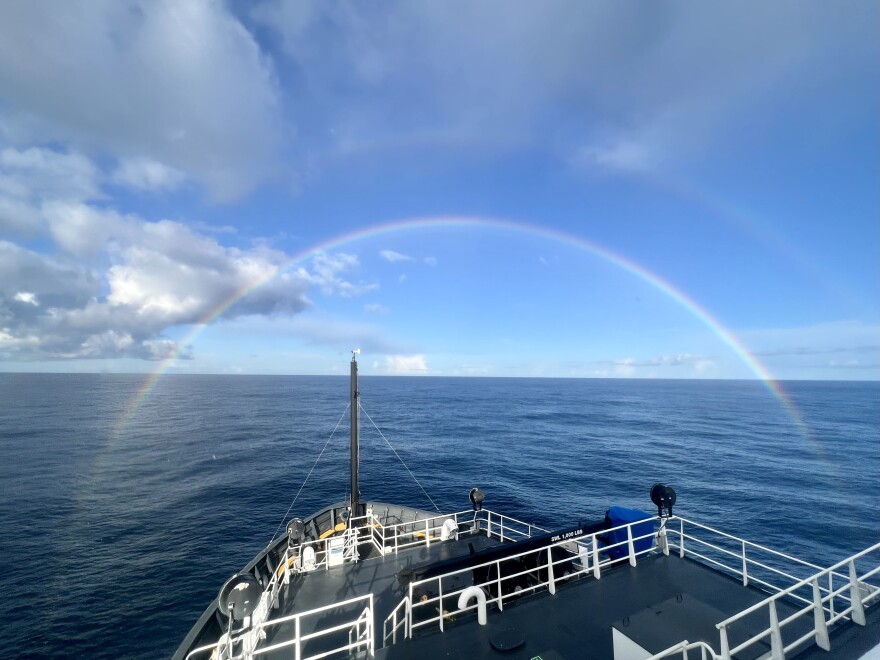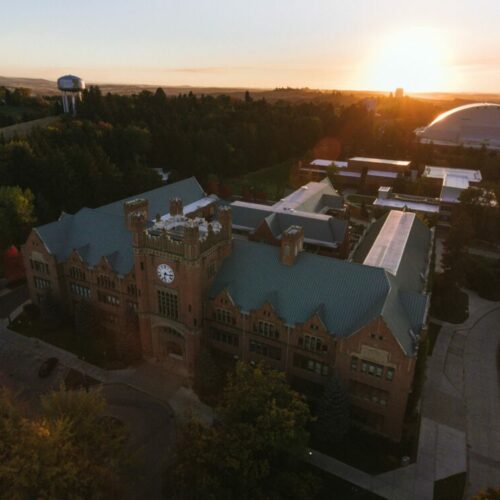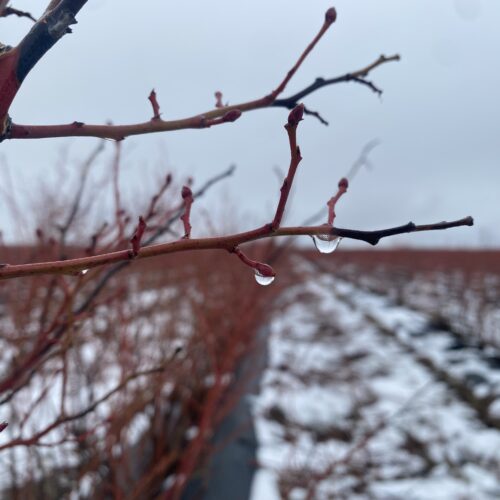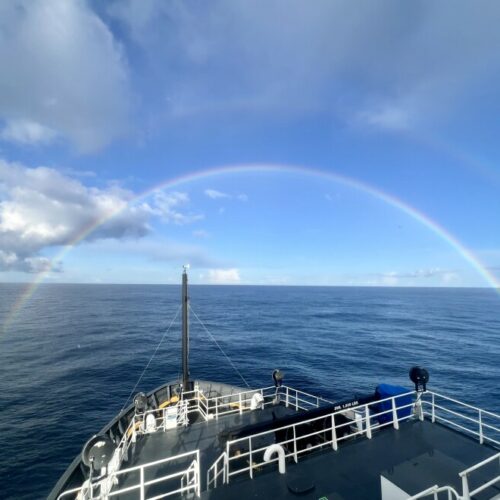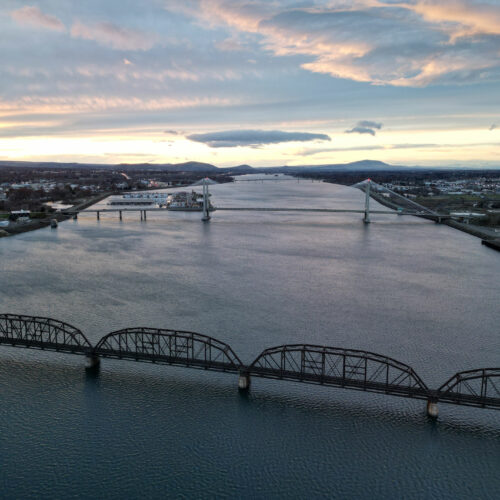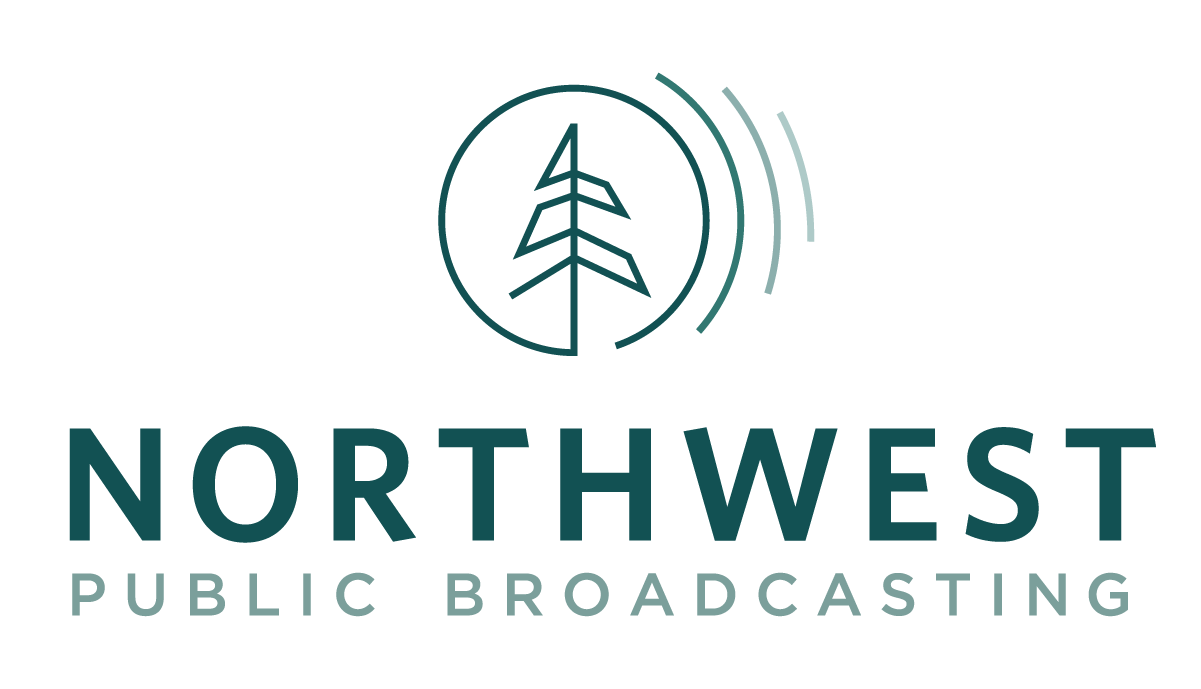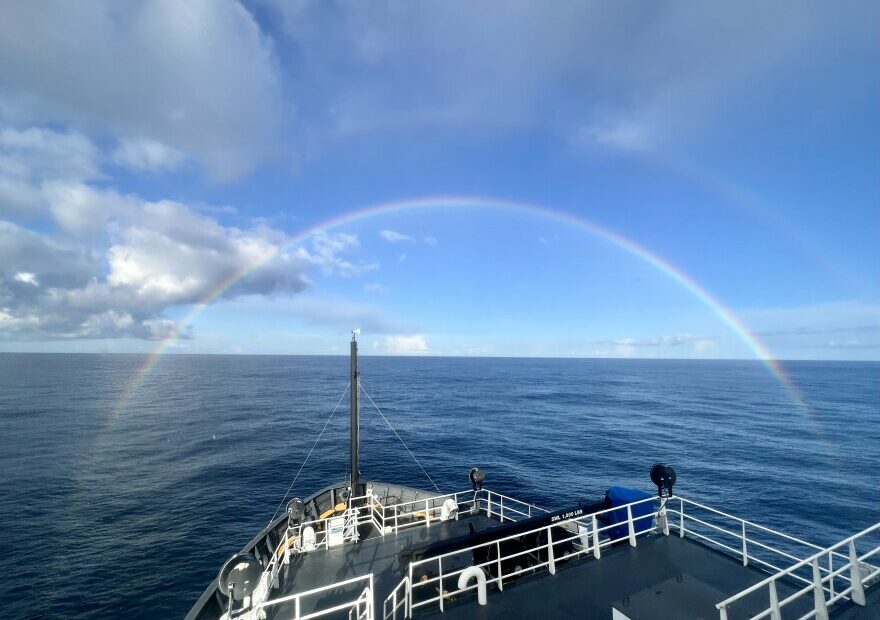
Ocean conditions mixed for salmon, leading to average salmon returns
Listen
(Runtime 1:01)
Read
All signs point to mixed ocean conditions for salmon over the past couple of years, which fisheries biologists said could lead to average salmon runs.
The ocean is where salmon spend a large part of their lives. That’s why it’s super important to know what’s going on out there. It helps scientists better understand and predict how salmon are doing.
For a long time, scientists have studied what salmon eat. They also know where salmon go and know a lot more about their survival in the ocean. However, that could change if scientists no longer have funding for research on National Oceanic and Atmospheric Administration vessels.
“ It’s important to recognize if we’re not out there, continually studying this changing system, it can revert to a black box. It could become this thing we no longer understand how things are working,” said Brian Burke, a biologist with NOAA’s Northwest Fisheries Science Center.
Burke spoke at a Northwest Power and Conservation Council meeting. The council helps with regional fish and wildlife planning.
To help provide a glimpse into a day in the life of a fisheries biologist, Burke detailed the research scientists conduct for weeks at a time aboard research vessels.
For one example, he detailed the Newport Hydrographic Line, where scientists have taken samples for decades.
“ This project has been running for almost 30 years, and it’s a tremendous, high-frequency data set to (help) understand how the system sets up each year and what drivers are really important for productivity of the system,” Burke said.
Over the last couple years, he said, ocean conditions have had ups and downs.
“ Based on ocean conditions alone, we think that adult (salmon) returns this year and next year will also be about average,” Burke said.
However, climate change is already causing troubles for salmon, he said. Warming water temperatures could have a significant impact on ocean conditions.
Scientists have seen large marine heat waves for at least the last 10 years. Burke said that’s expected to continue, and get worse.
“ In general, when we see these warmer waters, it’s not been good for salmon in the ocean,” he said.
As waters warm, the types of predators and prey move to different spots. In addition, some of the indicators scientists rely on aren’t as accurate, he said, including the Pacific Decadal Oscillation and the Oceanic Niño Index, a measure of El Niño conditions.
“ A lot of these correlations have been breaking down because of the warming water. It’s changing how things are operating. This large-scale pattern just doesn’t represent the same things that used to,” Burke said.
He said that’s why it’s important to focus on what’s affecting salmon directly instead of correlational data.
“I believe that will help us identify potential management levers and, importantly, avoid ecological surprises,” Burke said.

